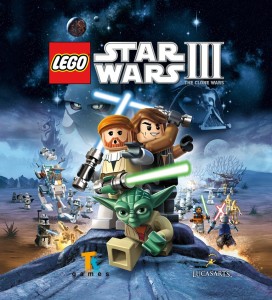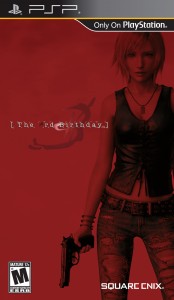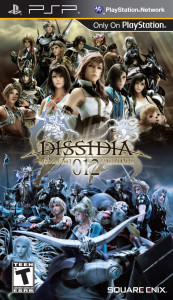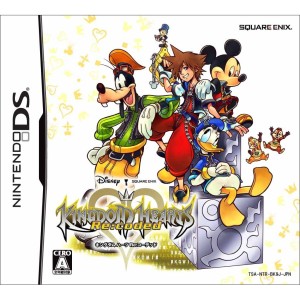 I originally bought LEGO Star Wars III for the 3DS, as it was one of the titles that spurred me into finally taking that steep plunge–one I don’t regret, I might add. I picked up the strategy guide as well, and while I was trying to review it, I was thoroughly confused because nothing the guide had was what I was doing. The guide started on Geonosis, near the end of Attack of the Clones, but my game started on an episode from The Clone Wars. I kept flipping through the guide to try to understand what the issue was, and that is when I found that there was a completely separate version for the DS. The guide for said version was near the back of the guide.
I originally bought LEGO Star Wars III for the 3DS, as it was one of the titles that spurred me into finally taking that steep plunge–one I don’t regret, I might add. I picked up the strategy guide as well, and while I was trying to review it, I was thoroughly confused because nothing the guide had was what I was doing. The guide started on Geonosis, near the end of Attack of the Clones, but my game started on an episode from The Clone Wars. I kept flipping through the guide to try to understand what the issue was, and that is when I found that there was a completely separate version for the DS. The guide for said version was near the back of the guide.
So of course, as the thorough strategy guide reviewer that I am, I purchased the Xbox 360 version of the game so I could review the guide in its entirety. What I was not expecting, however, was how different these two games really were.
Both games take place during the same Clone Wars episodes from Cartoon Network, but they each focus on different parts of the stories. They occasionally do overlap, but the gameplay mechanics are so different and the cut scenes are so different that you may not really notice at all unless you played them simultaneously like I did.
The biggest difference between the games other than the stories and the length–there is considerably more to do in the console version, and that includes extra content outside the longer main storyline–are the gameplay features each version focuses on. The console version focused more on real-time strategy sequences, where you had to plan how to take over droid bases, destroy everything in them, and build your own fortresses and weapons so you could overtake other bases. With these RTS elements, the game had an overall serious feel to it and hardly any of the humor we’ve come to expect from LEGO games. All the humor was saved up for the cut scenes, which was a little disappointing to me.
Now the DS version was almost the complete opposite. Within the first five minutes, I was already cracking up at the droids’ and Clone troopers’ antics. In addition, so many things you had to were just so off the wall and crazy–like playing a shoot-the-ducks carnival game with a tank–you couldn’t help but smile and snicker. Instead of RTS sequences, the DS version sported more mini-games that utilized the touchscreen, and they were all brilliantly executed. My absolute favorite mini-game that I keep yammering on to everyone who will listen involves the R2-D2 mini-game. Whenever you use an R2 unit to hack into something, a mini-game opens up that requires you to match set blocks by using your stylus to rotate a circle of blocks to line up the required match. As a result, you spin the hack port in much the same way as a R2 unit does. The faster you do it, the more studs you win. But that wasn’t why this mini-game was my favorite; it was the music. The mini-game’s music consists of the famous Imperial March theme that we’re all familiar with, but it has a Mission Impossible spin on it.
I’m very glad that I played both games, but when it comes to recommendations, I’m going to have to throw my support at the DS version 100%. There isn’t as much to do in this game, but it is more of your typical, wacky gameplay that one would expect from LEGO games.


